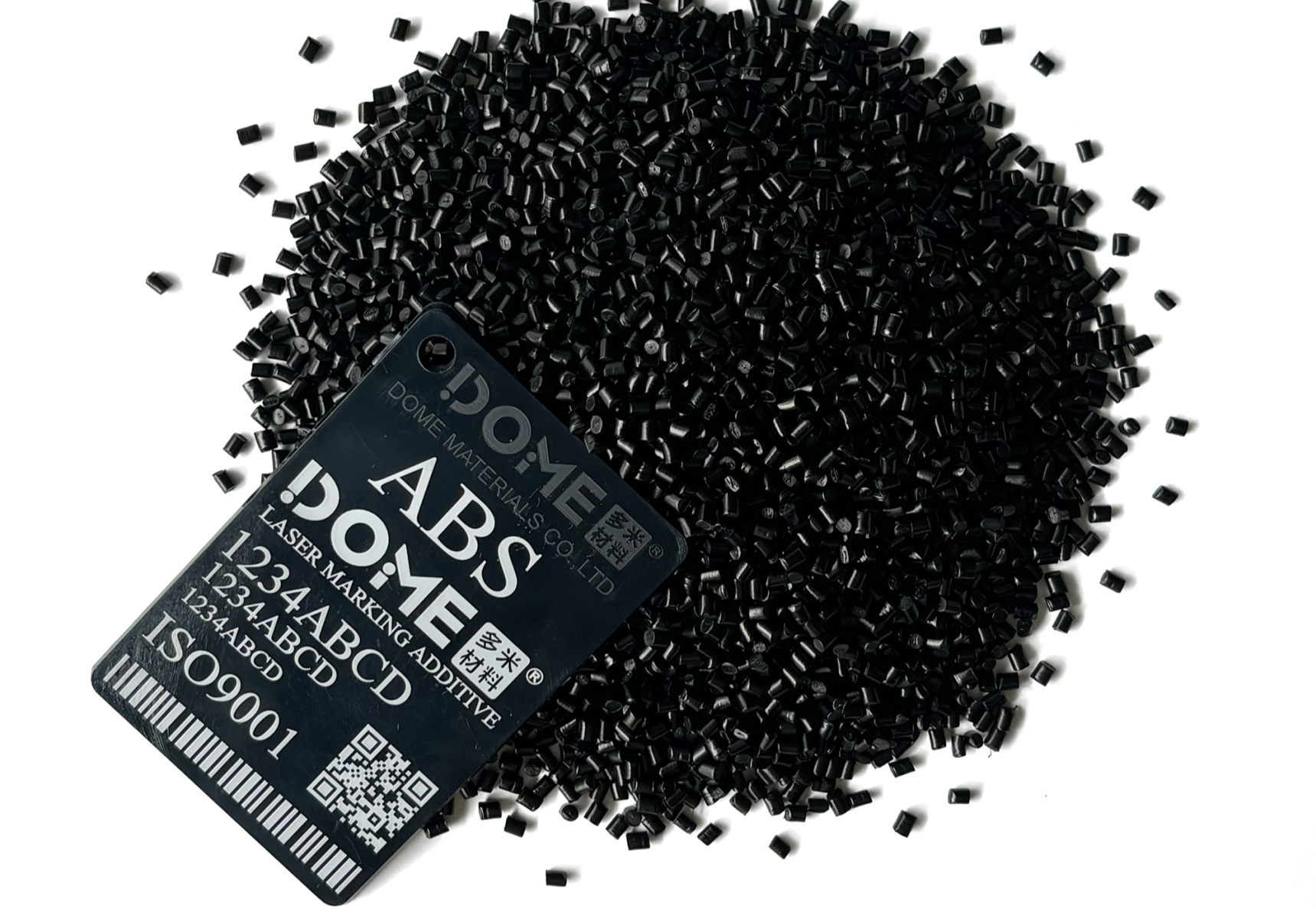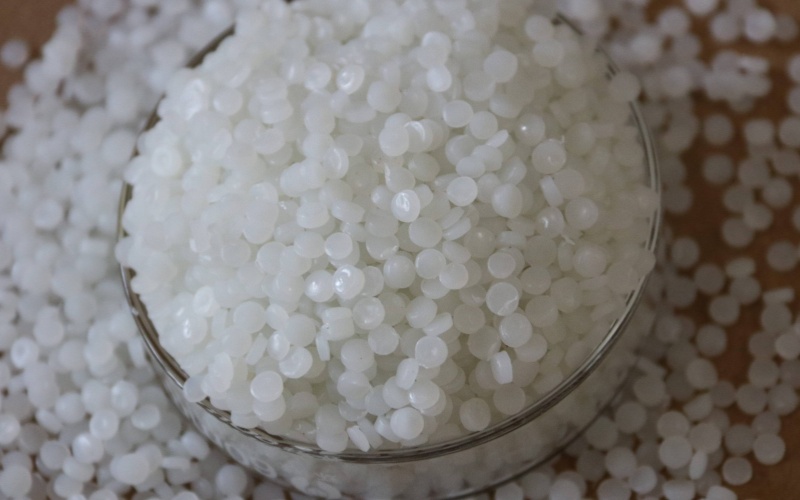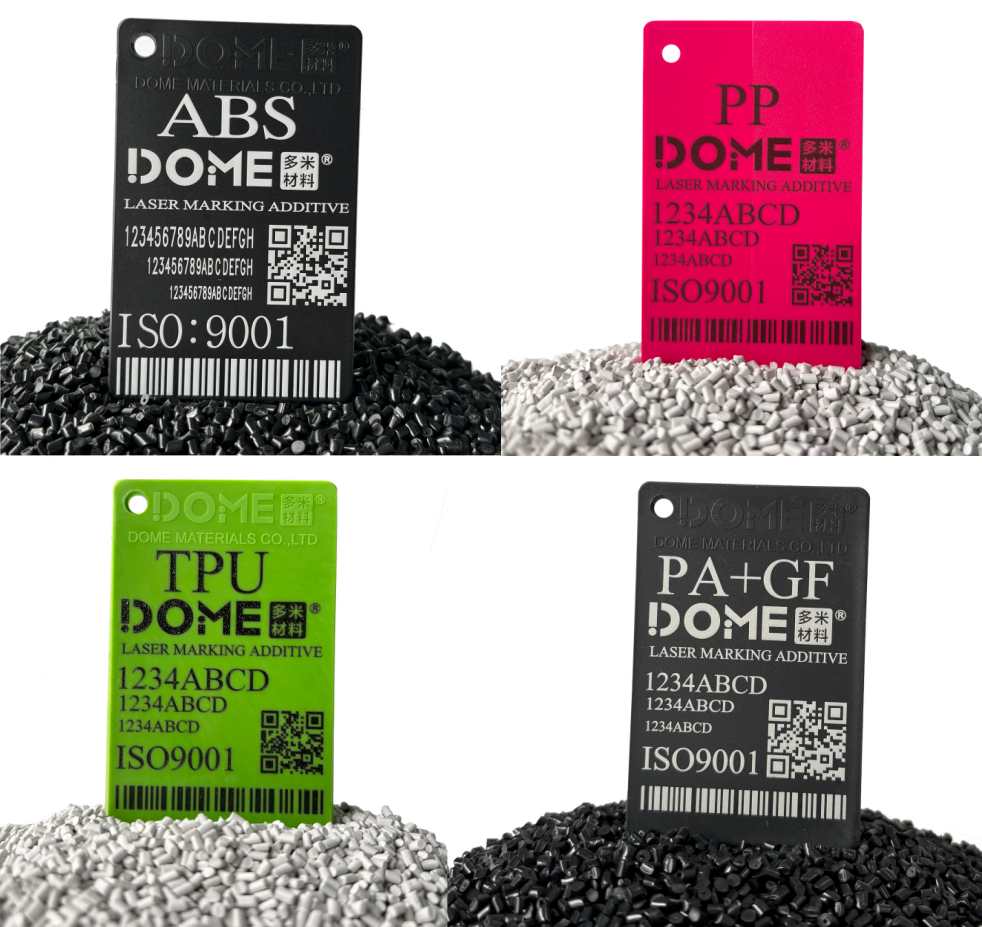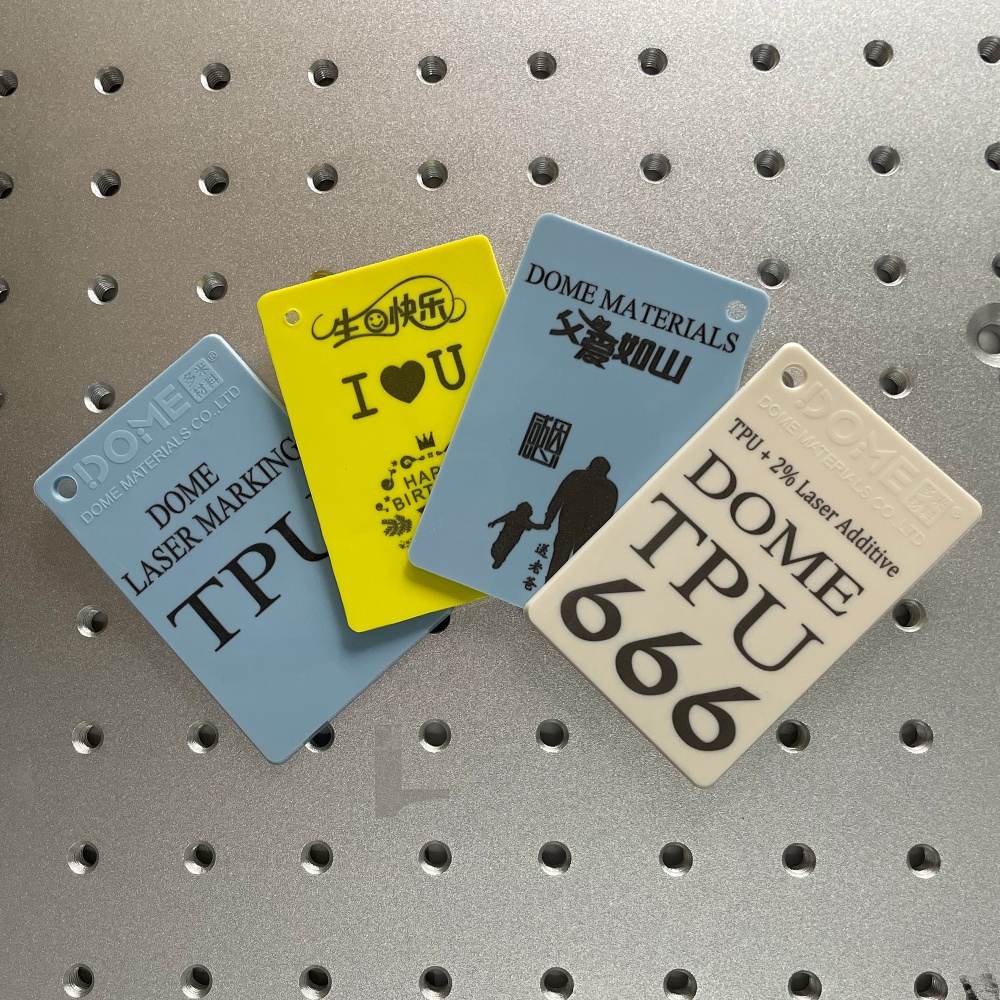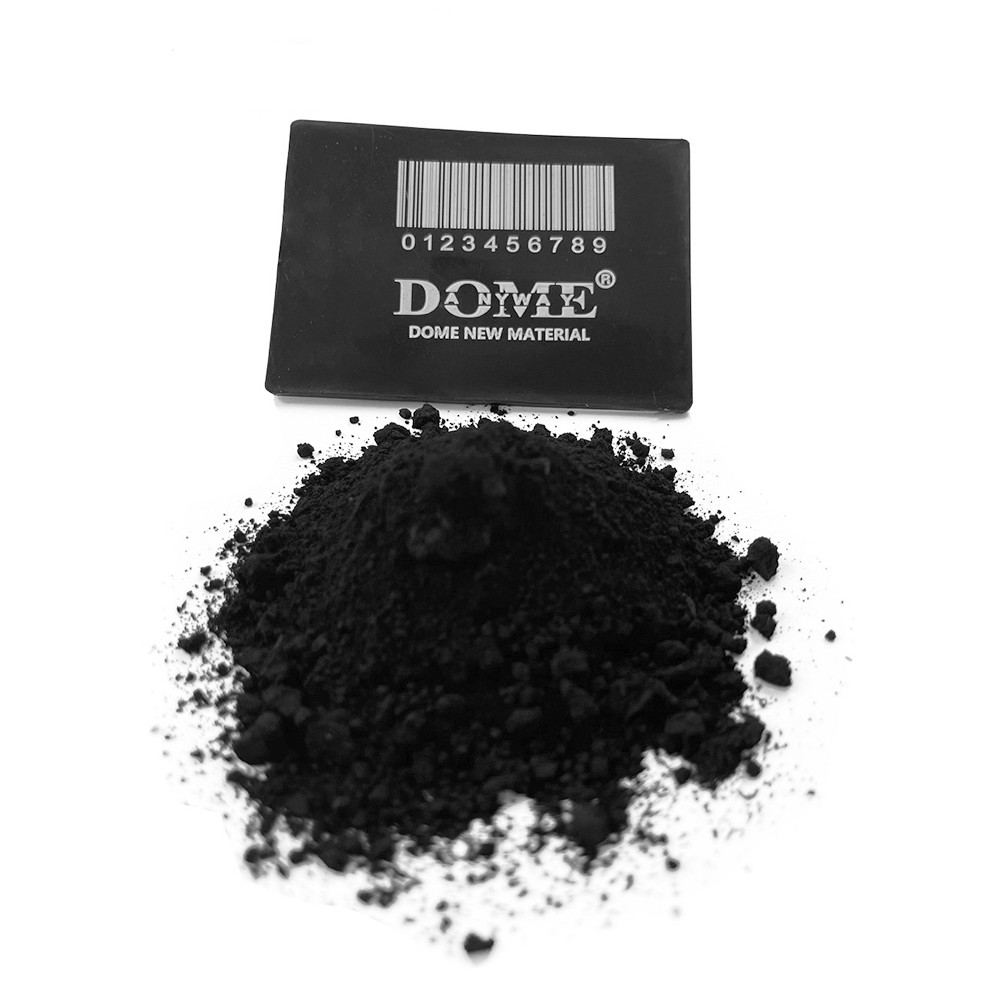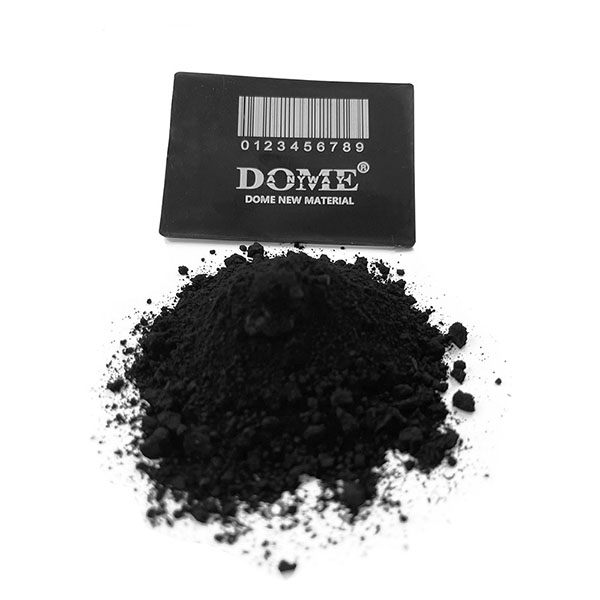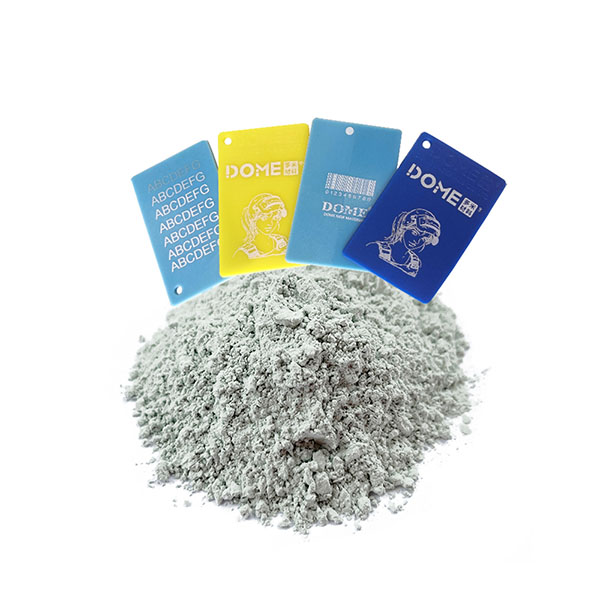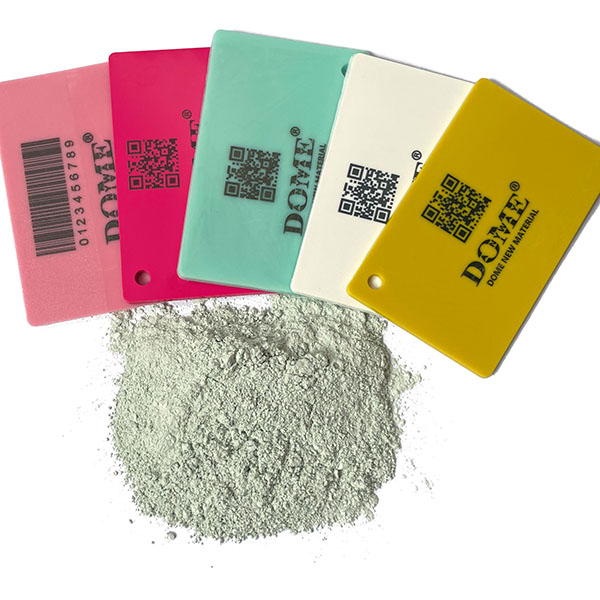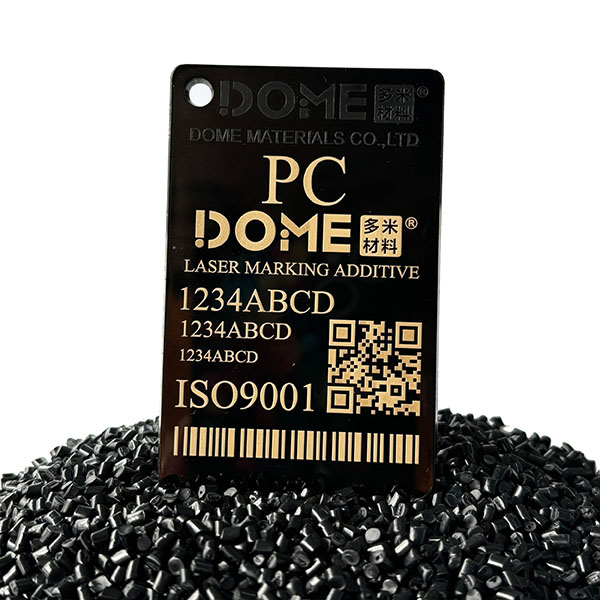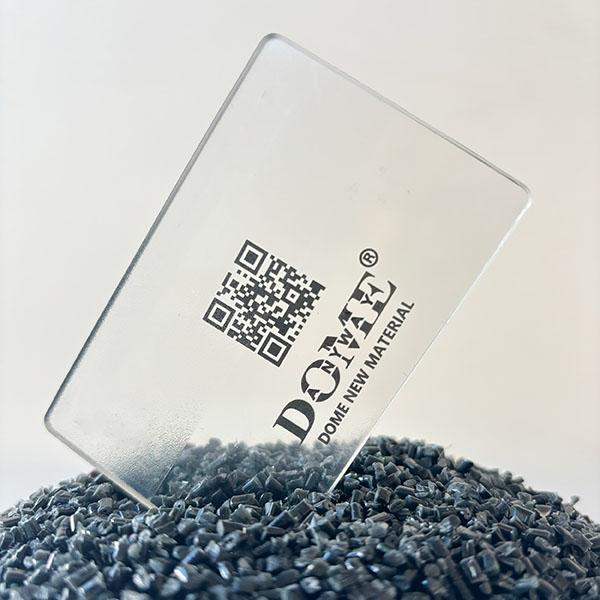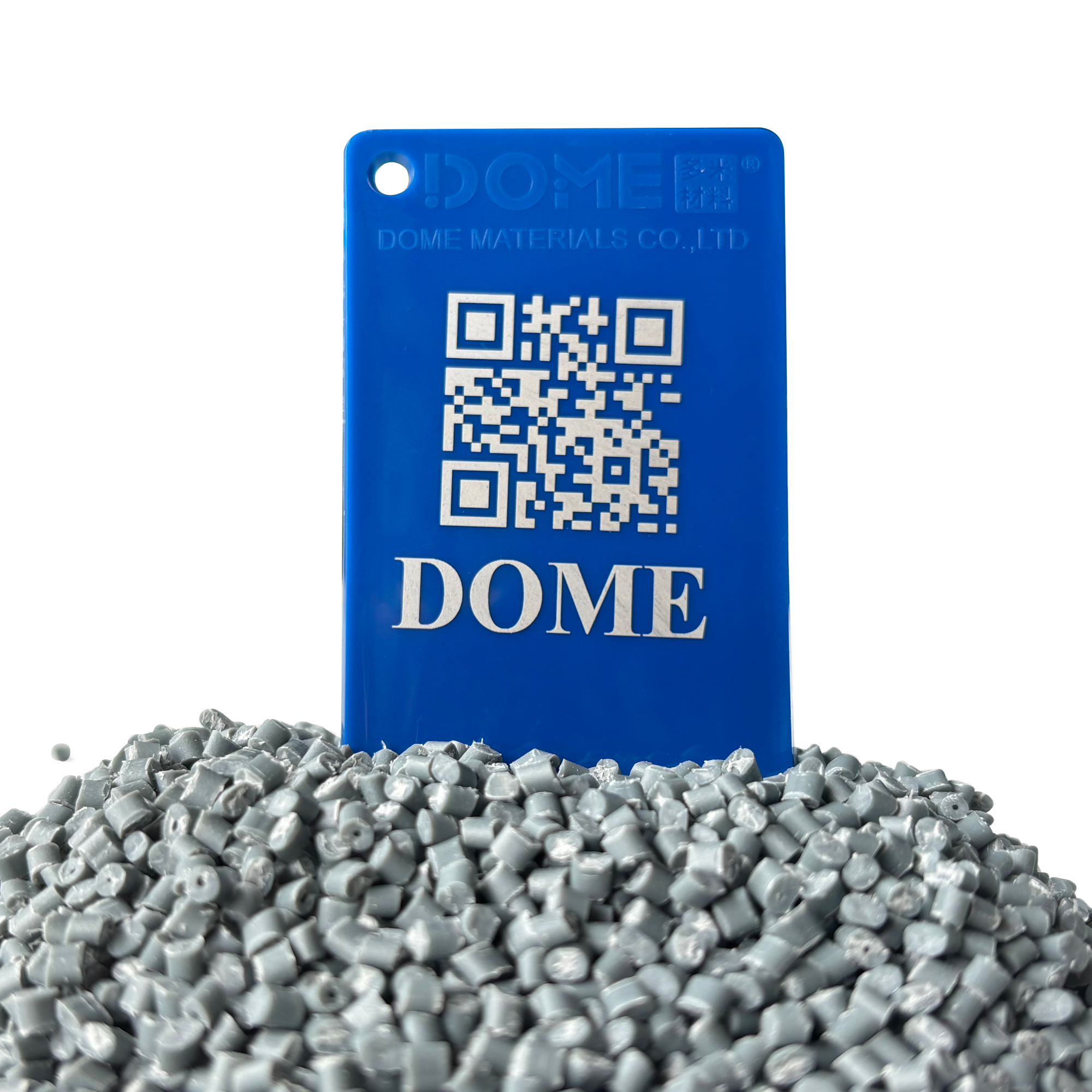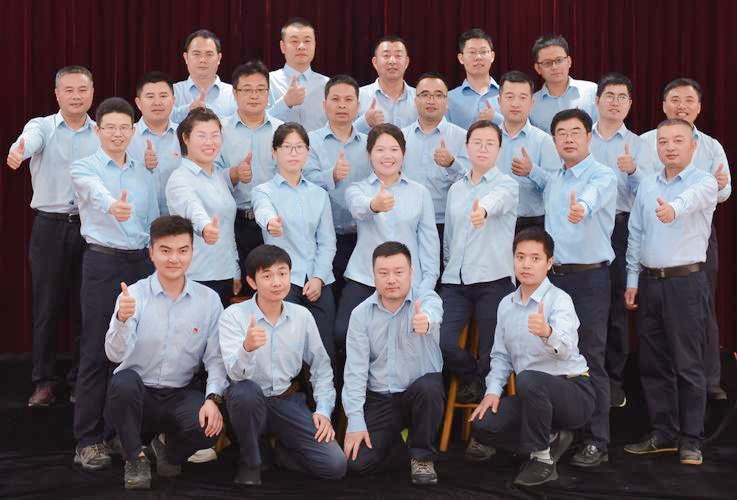Laser marking additives are essential for achieving high-quality, durable markings on plastic products. Two primary types—laser marking masterbatch and laser marking powder—are widely used in industries like electronics, automotive, and consumer goods. While both enhance laser marking performance, they differ significantly in composition, processing, marking effects, environmental impact, and cost. This article compares the two to help you choose the best option for your needs.
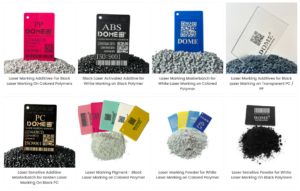
Composition and Form
Laser Marking Masterbatch
- Composition: Comprises photosensitizers, white or black pigments, and organic polymer carriers. Photosensitizers are key, absorbing specific laser wavelengths (e.g., 10.64μm) to facilitate marking.
- Form: Granular, making it easy to handle and mix with plastic pellets.
Laser Marking Powder
- Composition: Contains activated carbon as the primary absorbent, along with additives like hydroxides, tin oxide, calcium carbonate, metallic antimony, brominated flame retardants, and dispersants.
- Form: Fine powder, which can be prone to dispersion during handling.
Key Difference: Masterbatch’s granular form simplifies processing, while powder’s fine texture may lead to handling challenges.
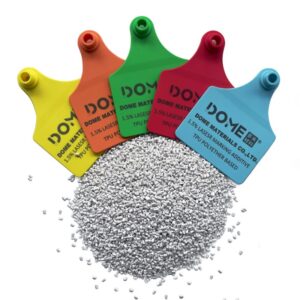
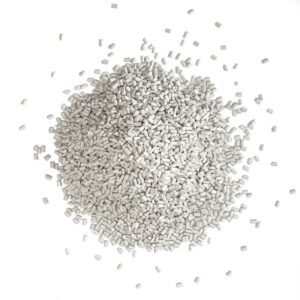
Processing and Addition Rates
Laser Marking Masterbatch
- Processing: Directly mixed with plastic pellets and processed via injection molding or extrusion. The process is straightforward, with minimal material loss.
- Addition Rate: Typically 1%-3%, depending on the desired marking effect.
Laser Marking Powder
- Processing: Requires thorough mixing with plastic pellets before processing to ensure uniformity. Powder dispersion can lead to material loss.
- Addition Rate: Lower at 0.1%-0.5%, making it more economical in terms of quantity used.
Key Difference: Masterbatch requires a higher addition rate but offers easier processing, while powder uses less material but demands careful handling.
Marking Effects
Laser Marking Masterbatch
- Color Versatility: Offers a wide range of marking colors, including black-on-white, white-on-black, color-on-black, and transparent-on-black, ideal for complex designs.
- Precision and Clarity: Provides superior marking precision and clarity, especially for high-quality applications like electronic casings.
Laser Marking Powder
- Color Versatility: Limited to primarily black, gray, or basic colors, with fewer options for vibrant or varied markings.
- Precision and Clarity: Delivers good clarity for general applications but may fall short in intricate designs compared to masterbatch.
Key Difference: Masterbatch excels in color variety and precision, making it ideal for premium products, while powder suits simpler marking needs.
Impact on Plastic Properties
Laser Marking Masterbatch
- Mechanical Properties: Can enhance the processing and mechanical properties of plastics, improving overall product quality.
- Thermal Stability: Improves thermal stability during processing, ensuring consistent performance.
Laser Marking Powder
- Mechanical Properties: Minimal impact on plastic properties, which can be advantageous for maintaining original material characteristics.
- Thermal Stability: Limited effect on thermal stability, potentially requiring additional stabilizers.
Key Difference: Masterbatch improves plastic performance, while powder has a neutral impact, preserving base material properties.
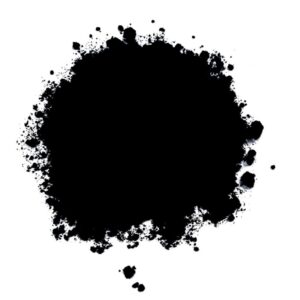
Applicable Materials and Products
Laser Marking Masterbatch
- Materials: Compatible with PP, PE, ABS, PA6, PA66, PS, PBT, PET, POM, SEBS, TPU, and TPE.
- Products: Preferred for high-end applications like smartphone casings, appliance panels, and automotive interiors, where aesthetics and durability are critical.
Laser Marking Powder
- Materials: Works with PP, PC, PE, ABS, TPU, PA6, PBT, POM, TPE, TPV, TPR, PET, coatings, inks, paints, and unsaturated resins.
- Products: Used in everyday items like toys, industrial components, and general plastic products requiring basic markings.
Key Difference: Masterbatch is tailored for premium, aesthetically demanding products, while powder suits a broader range of general applications.
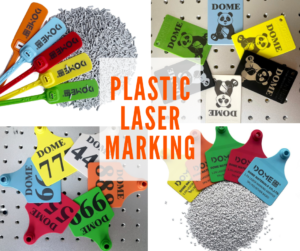
Environmental Impact
Laser Marking Masterbatch
- Dust Pollution: Granular form minimizes dust during processing, reducing workplace and environmental contamination.
- VOCs Emissions: Lower volatile organic compound (VOC) emissions due to uniform distribution and stable processing.
- Equipment Cleaning: Easier to clean, requiring minimal solvents and reducing chemical waste.
- Recyclability: High compatibility with plastics enhances recyclability, improving resource efficiency.
Laser Marking Powder
- Dust Pollution: Powder form increases dust generation, posing health and environmental risks if not properly managed.
- VOC Emissions: Higher risk of VOC release due to complex additives and potential overheating during processing.
- Equipment Cleaning: More challenging to clean, often requiring solvents that increase environmental impact.
- Recyclability: Lower compatibility may reduce recycling efficiency, leading to material waste.
Key Difference: Masterbatch is more environmentally friendly due to reduced dust, VOCs, and better recyclability.
Safety Considerations
Both additives pose risks like flammability or static buildup, but laser marking powder’s fine form increases the potential for dust explosions, requiring stricter safety measures.
Cost Comparison
Laser Marking Masterbatch
- Material Cost: Higher due to complex components and granular processing.
- Processing Cost: Lower, as it integrates easily with minimal equipment modifications.
- Environmental Cost: Reduced due to lower dust and VOC emissions.
Laser Marking Powder
- Material Cost: Generally lower, though high-performance variants can be costly.
- Processing Cost: Higher due to dust management and equipment cleaning needs.
- Environmental Cost: Increased due to pollution control measures.
Key Difference: Masterbatch may have higher material costs but lower overall processing and environmental costs.
Which Is More Common in Electronics?
Laser marking masterbatch is more commonly used in electronics due to its superior color versatility, precision, and durability, ideal for smartphone casings, appliance panels, and other high-end components. Laser marking powder is used in specific cases like electronic components or jewelry, but is less common due to dust and compatibility issues.
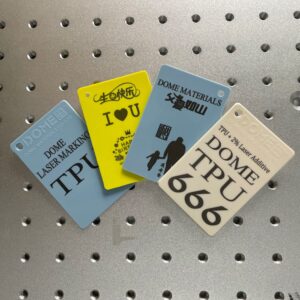
Conclusion
Choosing between laser marking masterbatch and powder depends on your project’s requirements. Masterbatch is ideal for high-end applications needing vibrant colors, precision, and environmental benefits, particularly in electronics and automotive industries. Powder suits are cost-sensitive, general-purpose applications with simpler marking needs. By understanding their differences, you can optimize your plastic marking process for quality, efficiency, and sustainability.
Upgrade your laser marking process and stay ahead with our innovative additives—ideal for manufacturers seeking quality, efficiency, and reliability. Contact DOME Materials today to request a free sample or expert consultation!

